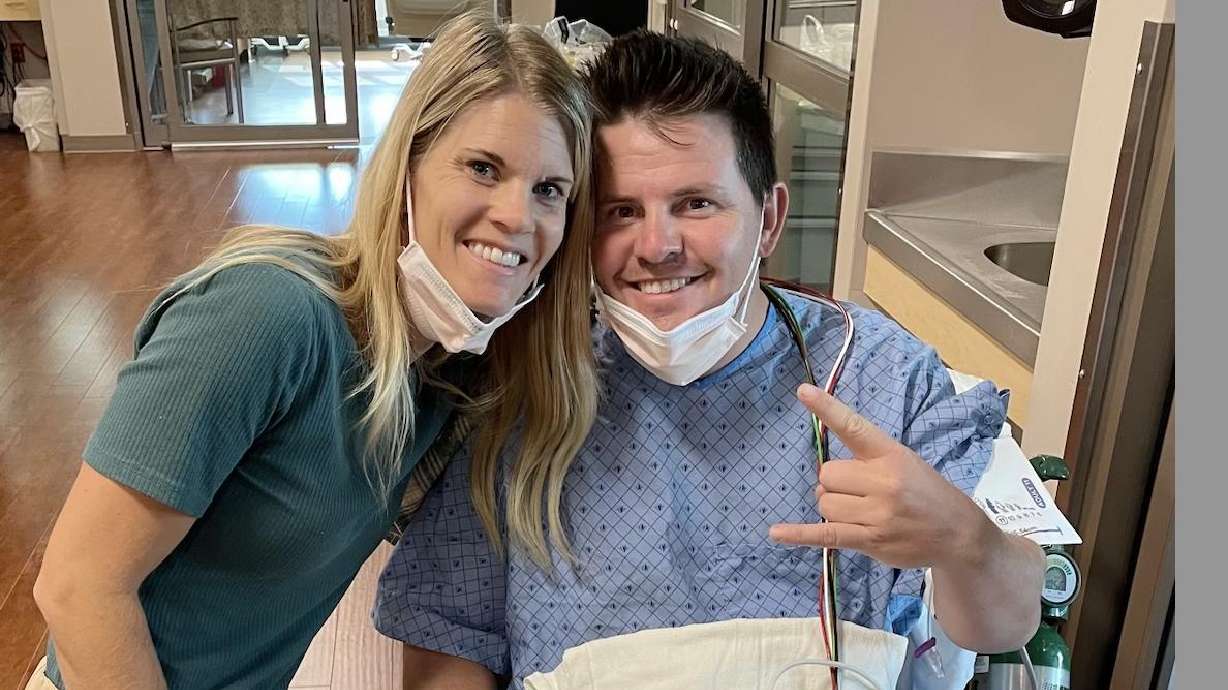HEALTH
Utah ranks among the highest rate for melanoma in the nation
Feb 18, 2020, 5:51 AM

States with the highest rates of melanoma cases linked to ultraviolet radiation are spread across the United States on the East and West coasts, in Hawaii and in landlocked states, according to a study published in the International Journal of Cancer. (Credit CNN)
(Credit CNN)
(CNN) — States with the highest rate of melanoma cases linked to ultraviolet radiation are spread across the United States on the East and West coasts, in Hawaii and in landlocked states including Utah, according to a study published Monday in the International Journal of Cancer.
Melanoma is one of the most rapidly increasing cancers in the United States, jumping 2% per year between 2005 and 2015 in both men and women, the study found, with an estimated 151,000 cases a year by 2030 up from just over 96,000 in 2019, if current trends continue.
It is also the deadliest type of all skin cancers and linked to UV radiation exposure in nearly 95% of all cases in the United States. It’s potentially preventable, because diagnoses are associated with “excessive sun exposure and indoor tanning,” the authors said.
“High indoor tanning prevalence among teen girls in the late 1990s is likely a contributing factor,” said lead study author Dr. Farhad Islami, a cancer epidemiologist with the American Cancer Society, referring to the rising number of melanoma diagnoses.
The strength of ultraviolet radiation is generally measured by UV index and is higher in the United States closer to the equator, including Southern states, California and Hawaii, researchers said.
To determine the number of UV-linked melanomas per state, researchers compared cases between 2011 and 2015 with a baseline of expected cases. They used historical data between 1942 and 1954 from melanoma incidence rates in Connecticut, which was the first state with a population-based cancer registry, to come up with a baseline for measurement.
“Indeed, prior to substantial increases during the last 5 decades, melanoma incidence rates in Connecticut were low, less than 2.3 per 100,000 people before 1955,” the study authors said.
The study found overall that UV exposure in the United States accounted for 91% of all melanoma cases diagnosed from 2011 to 2015 and that 94% occurred in non-Hispanic whites.
The rate among non-Hispanic whites specifically varied among states, ranging from 15.1 per 100,000 in Alaska to a high of 65.1 in Hawaii.
Multiple states had a UV ray-linked melanoma rate above 25 per 100,000 for non-Hispanic whites, including Delaware, Georgia, California, Maryland, North Carolina, Florida, Oregon, South Carolina, Washington, New Jersey, New Hampshire, Vermont, Utah, Minnesota, Idaho, Kentucky and Alabama.
The states with the highest UV-attributable incidence rates among all residents were:
- Utah – 36.3 cases per 100,000
- Vermont – 31.1 per 100,000
- Delaware – 28.2 per 100,000
- Minnesota -27.6 per 100,000
- New Hampshire -27.2 per 100,000
- Oregon — 25.5 per 100,000
- Idaho — 25.4 per 100,000
- Georgia — 24.2 per 100,000
- Washington — 23.9 per 100,000
- Montana — 23.9 per 100,000
“These variations likely reflect a combination of state differences in the strength of solar UV radiation, regular or intermittent participation in outdoor activities (even intermittent sun exposure increases melanoma risk), sun protection, indoor tanning and early detection activities,” researchers said.
The study found improved strategies for sun protection, such as increased use of sunscreens and limiting activities in the sun to mornings or later afternoons, are needed to modify behaviors.
“The burden of UV-attributable melanoma is considerably high in all states, underscoring the need for broad implementation and enforcement of preventive measures across states to reduce UV radiation exposure from excessive sun exposure and indoor tanning, with priority for states with a higher burden,” the authors concluded.
The-CNN-Wire
™ & © 2020 Cable News Network, Inc., a WarnerMedia Company. All rights reserved.











